Over the Christmas break, with the winter term behind us, I started reflecting on our experience thus far at St. George’s School: how pleased we were, how Dashiell is responding well to the schedule and the new rigor, learning German, making friends, etc.
And then we went back to school and as soon as the first week back, I could see a whole new level of progress that I am even more impressed by. Ms. Williams (now, Mrs. Sonnenberg, as she married a German this October) has really put the pedal down and the skills are taking off.
They are writing essays, learning to take notes–a vital skill (see example where D is making bullet lists during lecture) and doing a thing the Brits call “revisions” which is the process of being able to present the work learned. They are also getting exposed to grammar–check out the Lesson Objective (“LO”) titled: To create complex sentences using subordinate conjunctions. Wow! I’m not sure I know what that is!
Mrs. Sonnenberg uses a technique called “purple pen” work which is where she does a review of your work, and if she finds mistakes or omissions, the student must complete them using a pen with purple ink. I believe this color coding system is very useful, because really draws attention to the error, but not in the punitive way a red pen might imply. And it puts the emphasis back on the student doing the work, not the teacher making corrections.
I am learning a great deal about learning from her techniques — so it’s been an education for us parents, as well.
Dr. Rosen, a dean of the upper school, gave a lecture this fall that I attended about how to help your student at home with homework. It was a very entertaining lecture (full of British humor) but one quite valuable to me in this particular year, where homework becomes a real thing.
In his lecture Dr. Rosen gave practical steps to teach students the habit of doing homework and studying. We immediately began to deploy all of his core ideas in our apartment: setting up a dedicated homework-only spot just for Dashiell, removing all e-devices from this location, keeping the “stationary stationery” at the desk, and having a specific time each day homework is done, in 30 minute blocks appropriate to his age, where the first 5 or so minutes of the block are spent planning what one will do, followed by an uninterrupted block of 20 minutes to do that work, then the last 5 minutes give or take are for planning what one will do in the next block (which in D’s case is the next day). This has been very successful for D as it given him a framework to prioritize work (what’s due tomorrow? what can wait until later in the week?) and it teaches the very valuable skill of breaking up large tasks into smaller ones. And, he knows when it will be over, so it’s very tolerable for him.
(although I have used various techniques over the years for managing my own work, I find that I am also benefiting from this simplified version of task managing! It helps for D to see me also doing the same thing he is doing)
You’ll see a snap of his desk below. While it could benefit from being a bit larger, it’s been the perfect way to start training the habit of homework. We are already starting to see him respond to this habit: he anticipates what he can do at each block and has come to expect it. We even try to keep the homework blocks going during the holidays and weekends (he did one today–Sunday–for example, as I was writing).
Dashiell is loving perfecting cursive handwriting, which has certainly taken off this year, as this is the expectation in his classroom. As a result, he is well on his way to earning his “pen license,” which grants him permission to write out his work in ink, versus pencil. This is earned by demonstrating good penmanship and fewer mistakes. Apparently when you’ve earned this honor, you’re recognized by the head of the primary school, Mr Grant. To encourage him to keep working toward this goal, we purchased a special Lamy-brand pen for him to use at his homework desk. It’s wooden, with a fountain tip, and he loves writing with it (just like Daddy loves his special pens; the world of “stationary” or schriebwaren is vast here, unlike at home).
In the British school system, peers are grouped into “houses.” At St. George’s there are 3 “houses” named for famous British authors; Dashiell is in Bronte. He gets “house points” for work that goes above and beyond and gets points for “pastoral” aspects of school life: proper wearing of the uniform, good behavior, etc. The houses have a friendly competition about who can get the most points, and these are displayed in the school hallway.
Here are several snaps of school life–the facilities, the events, commuting, and images from D’s school work logs and homework assignments.








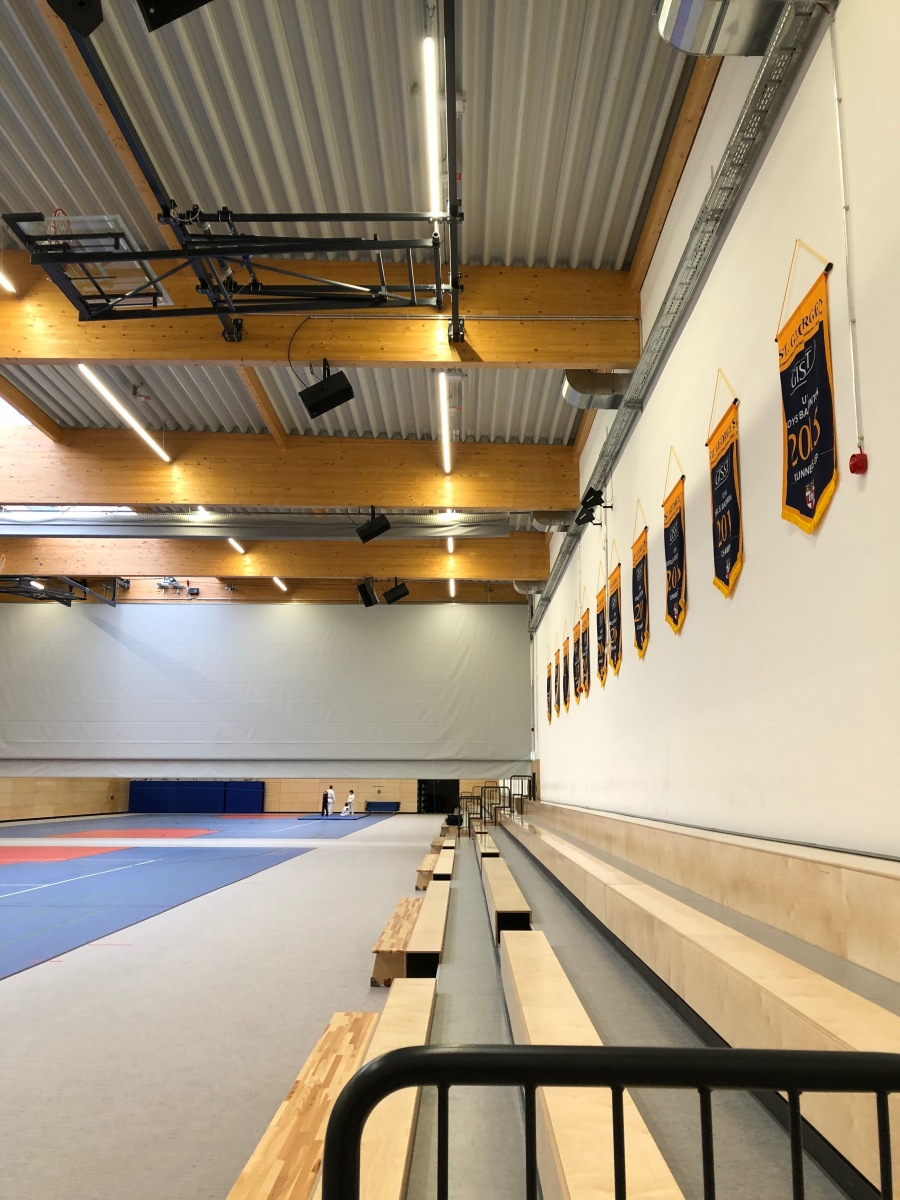
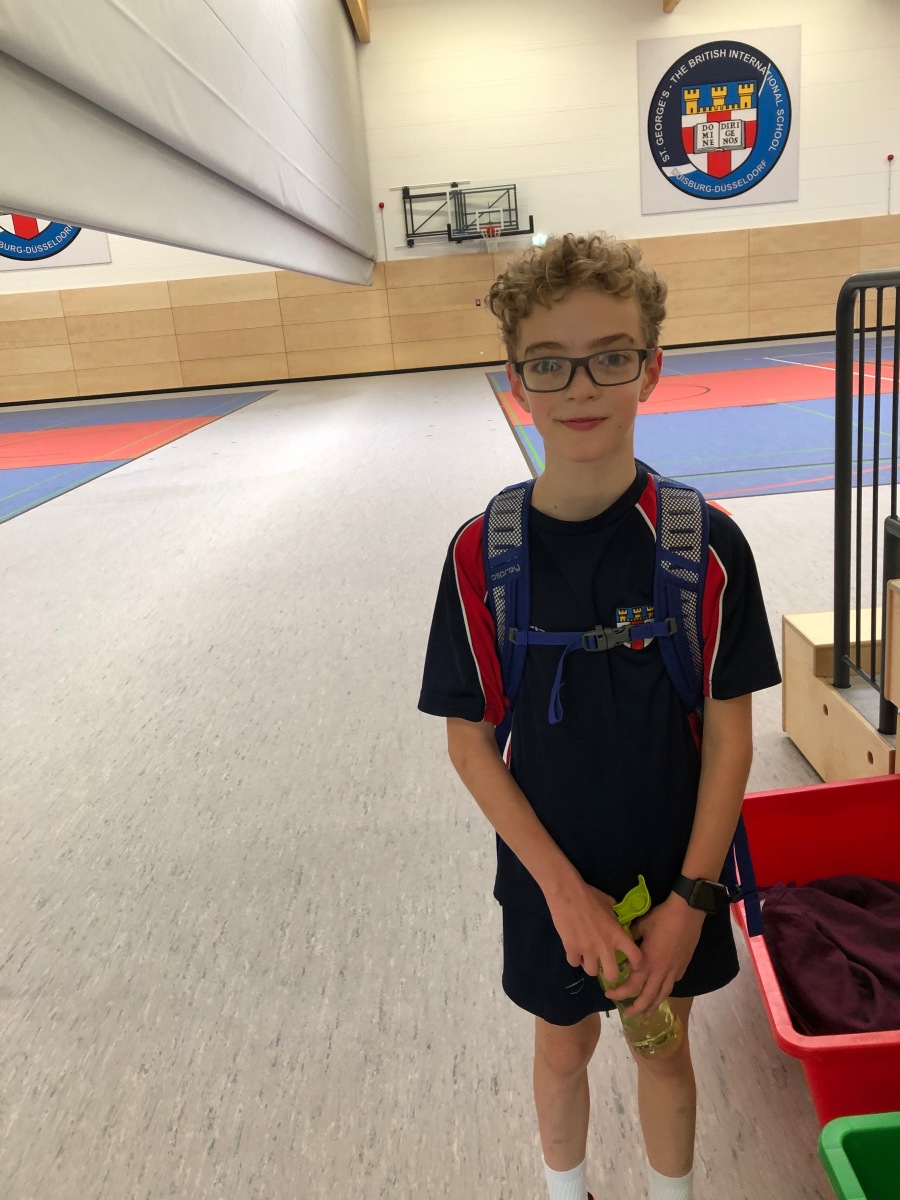



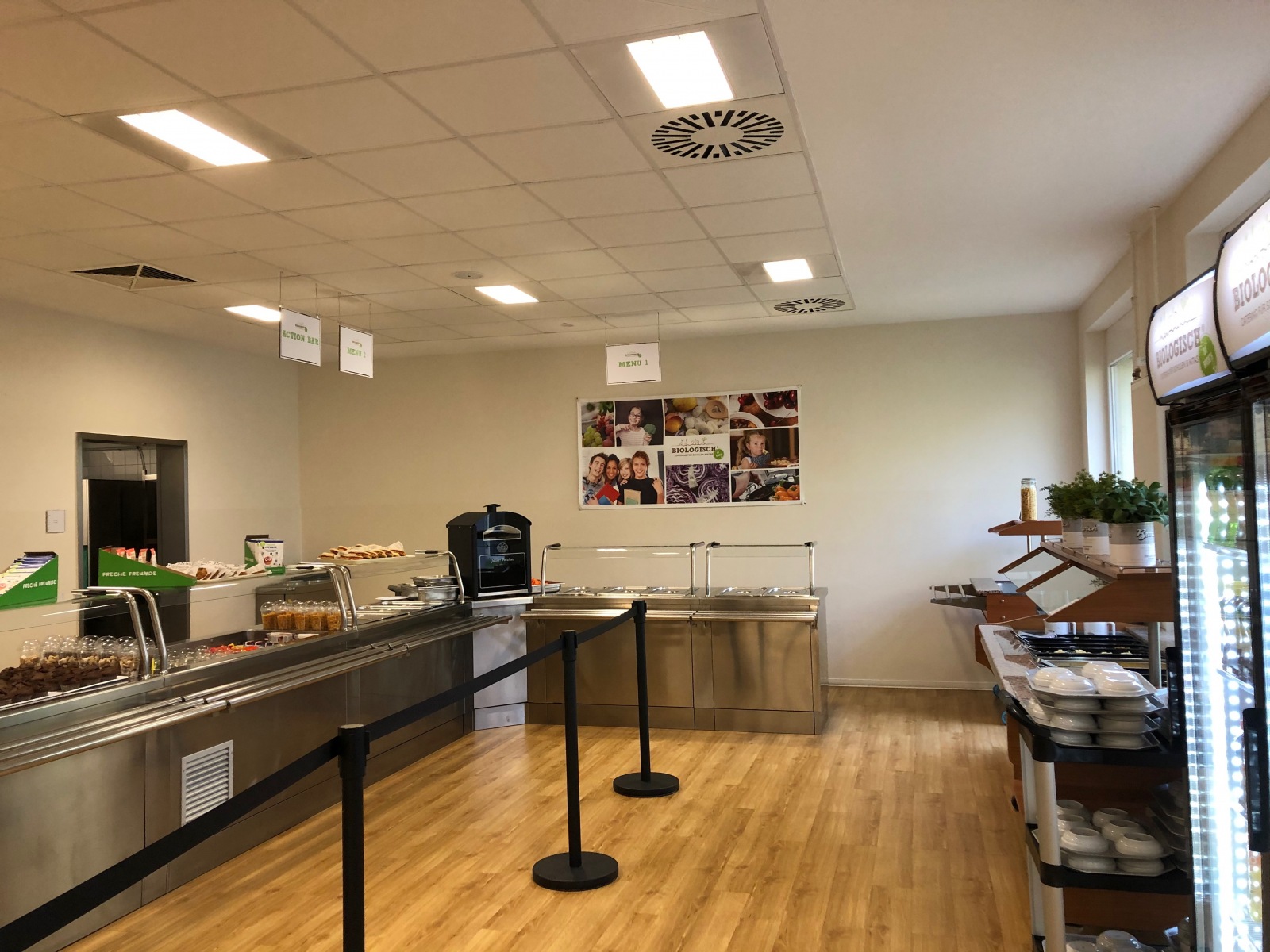

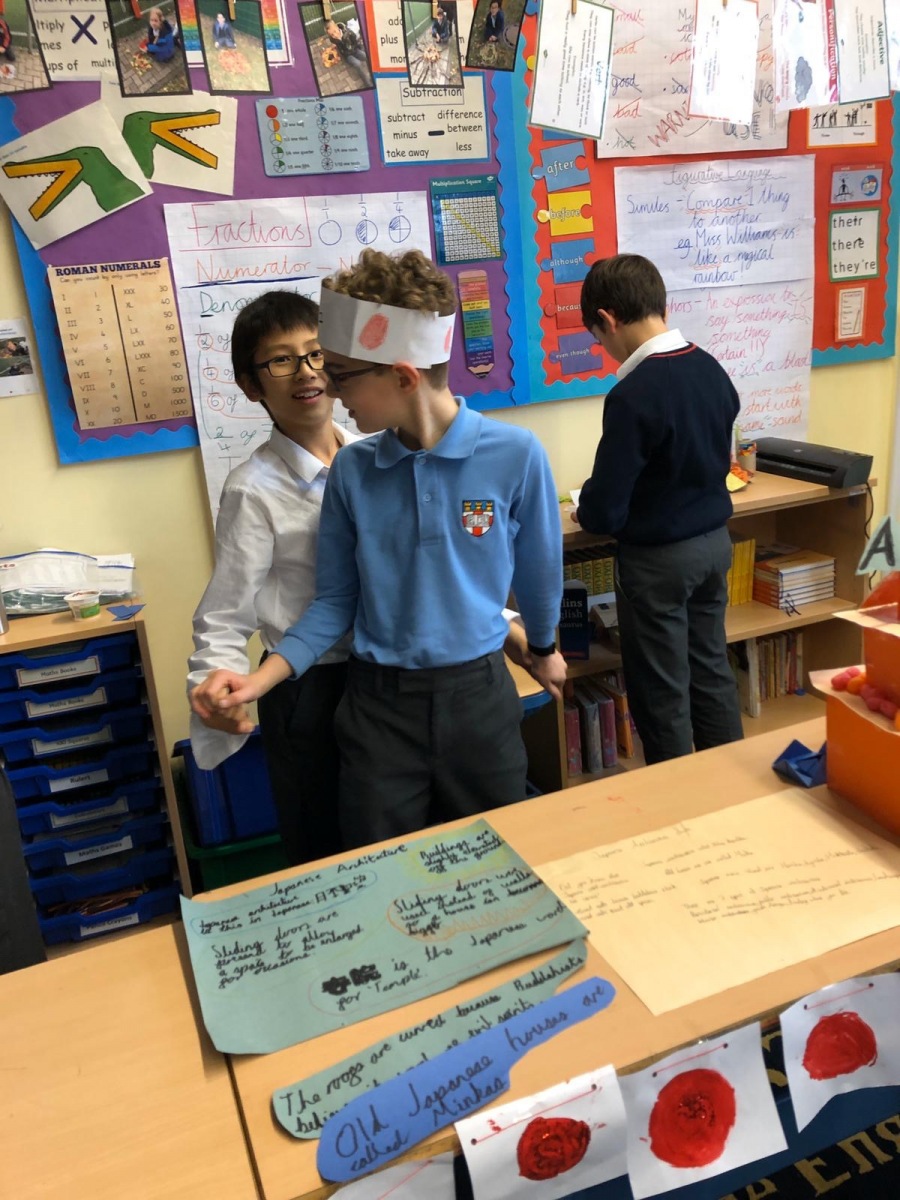
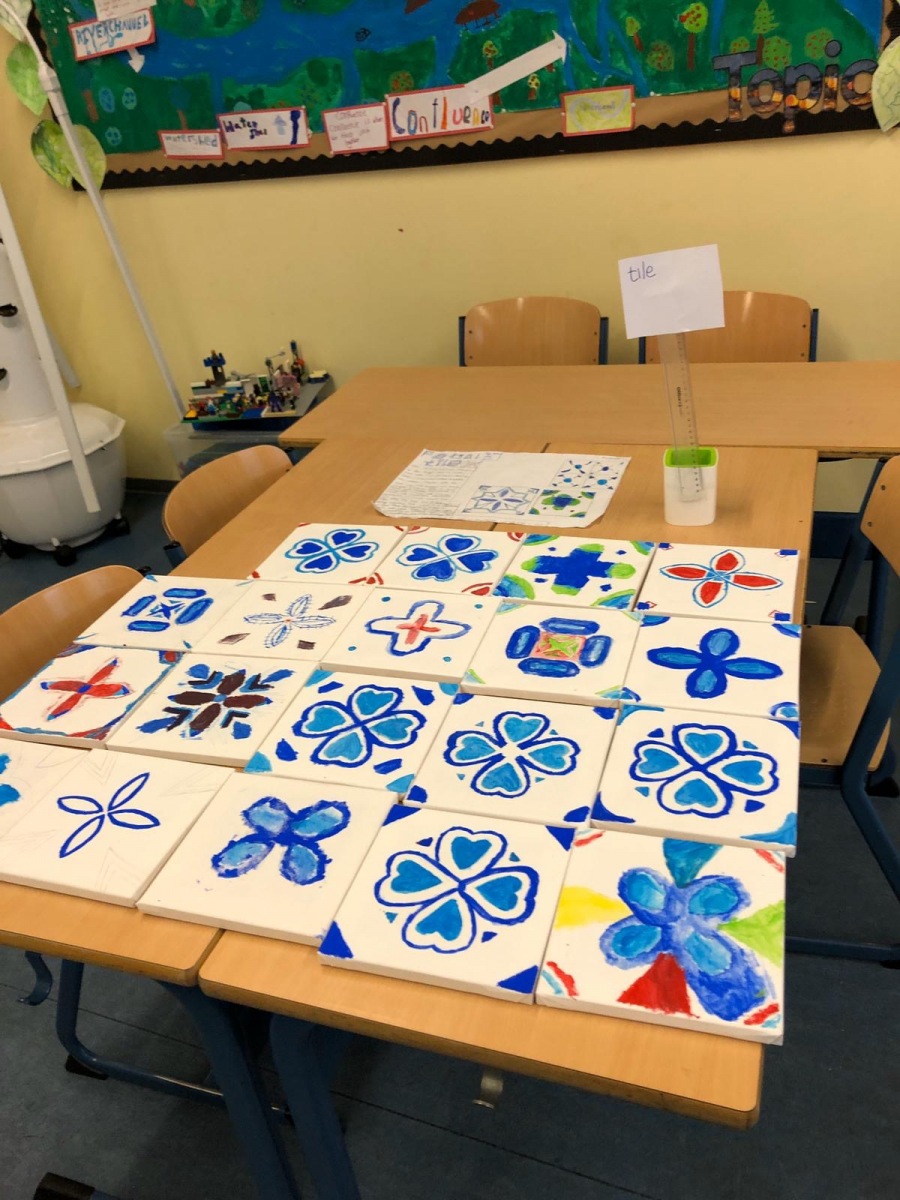

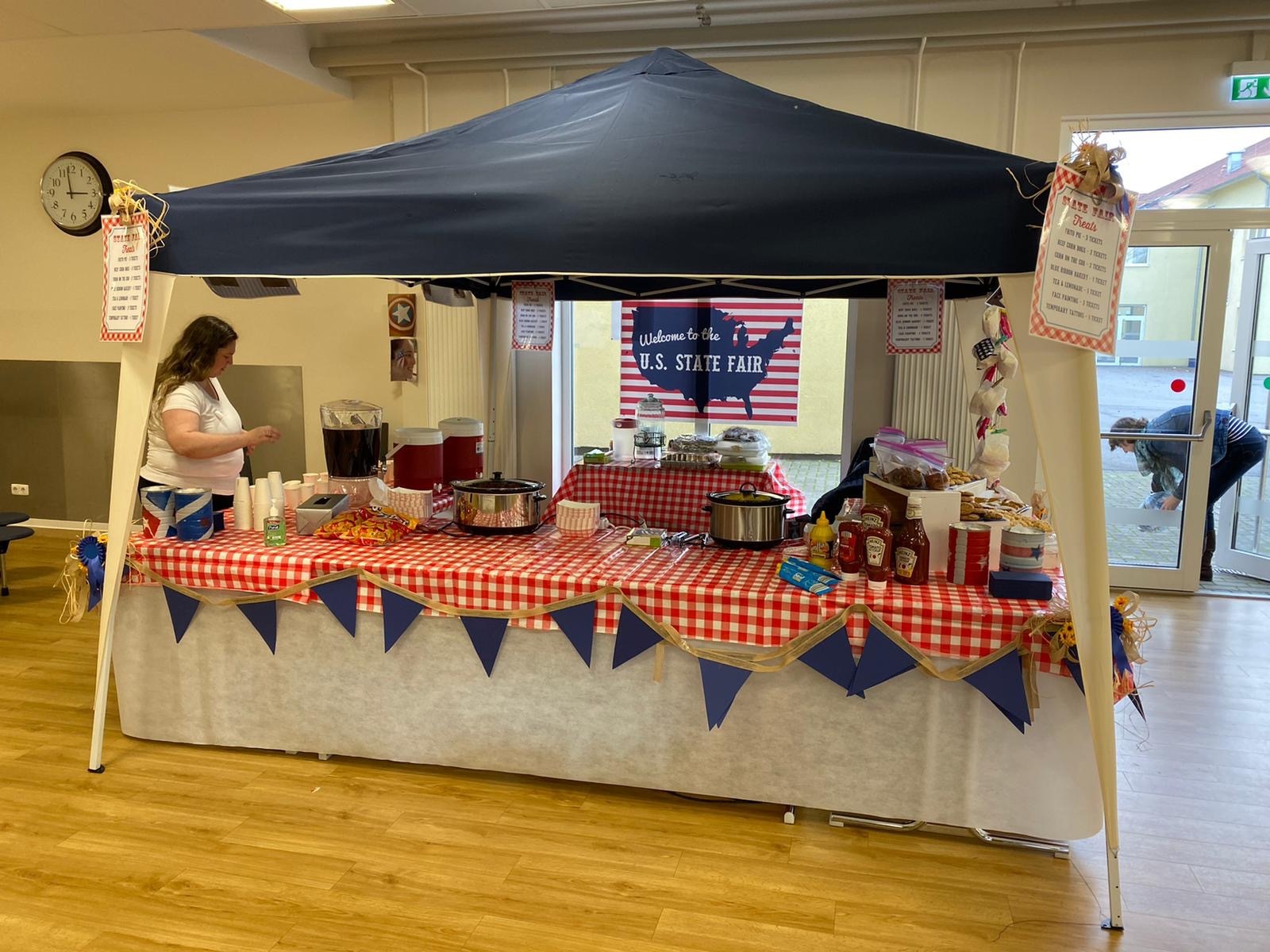
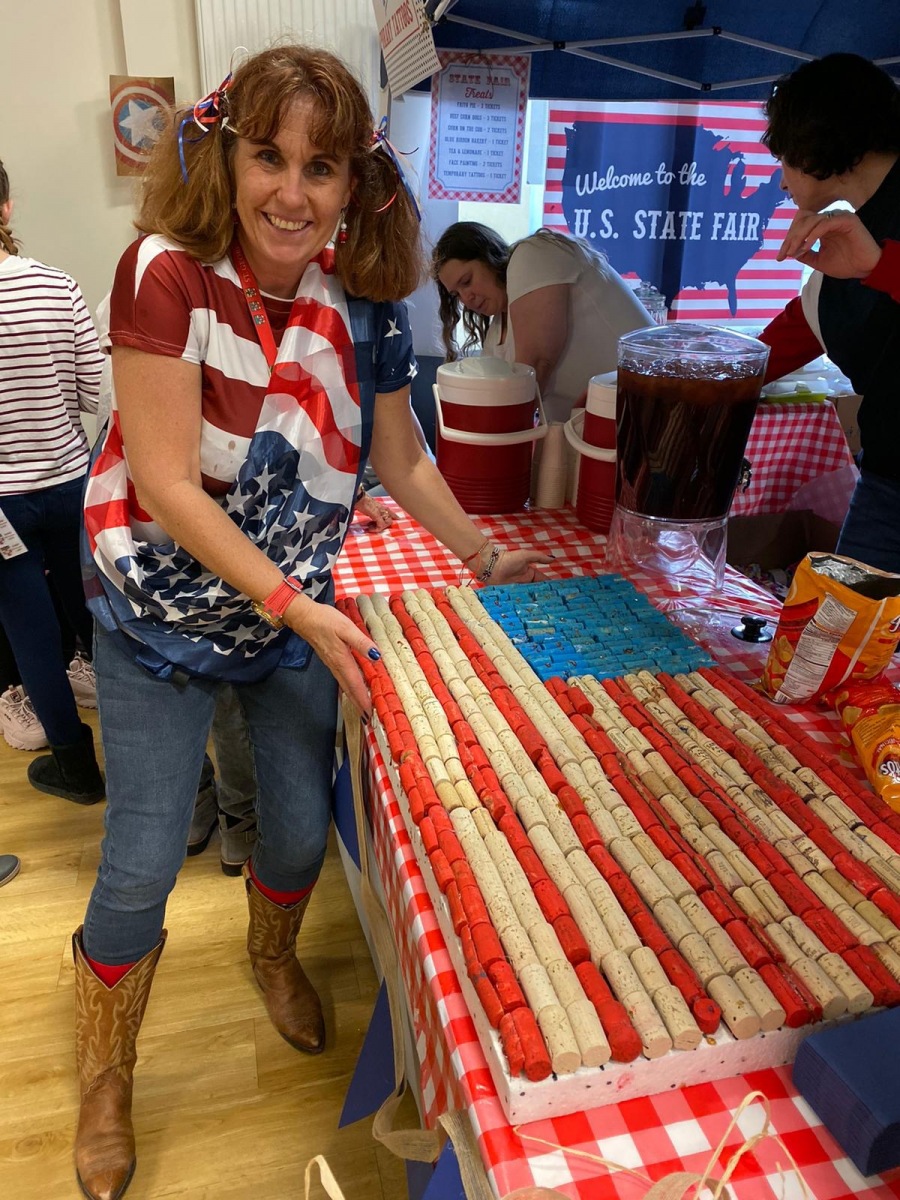
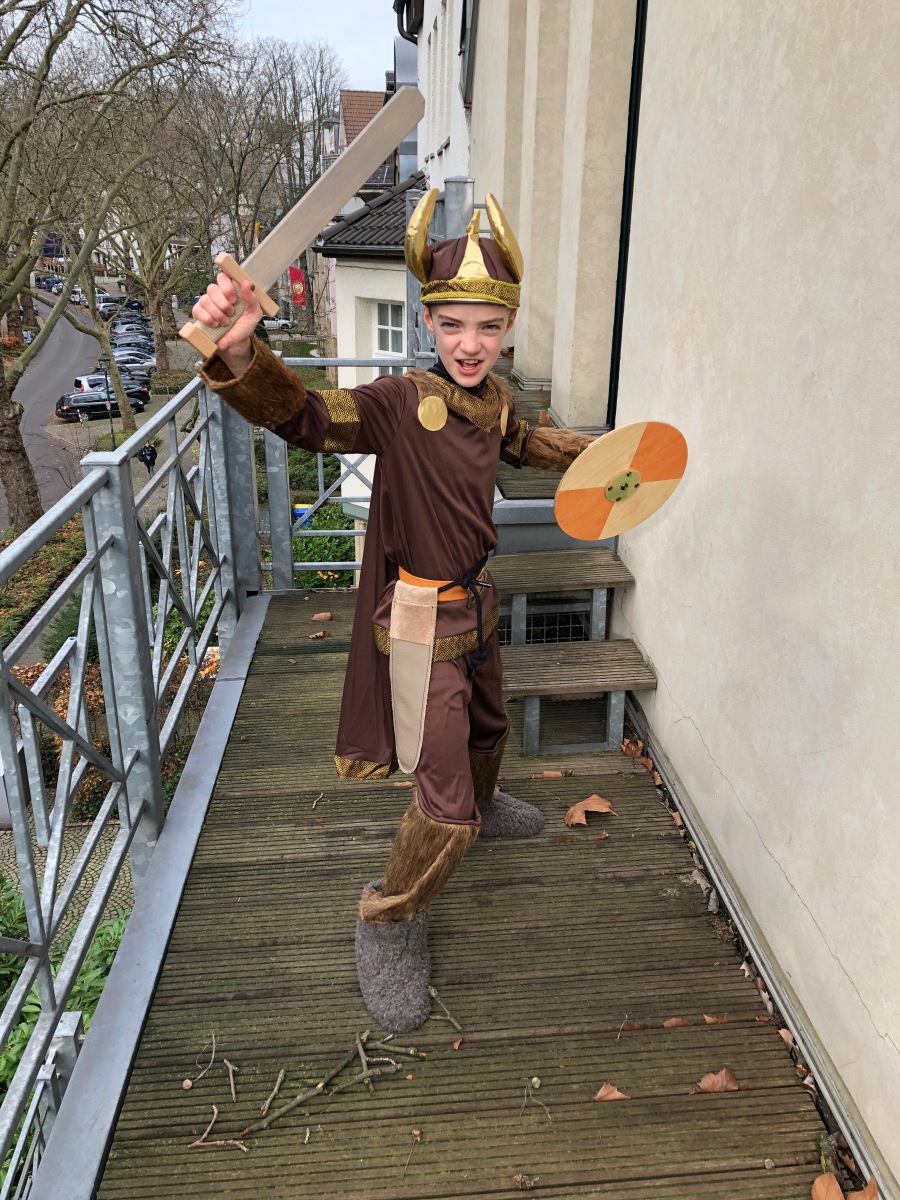




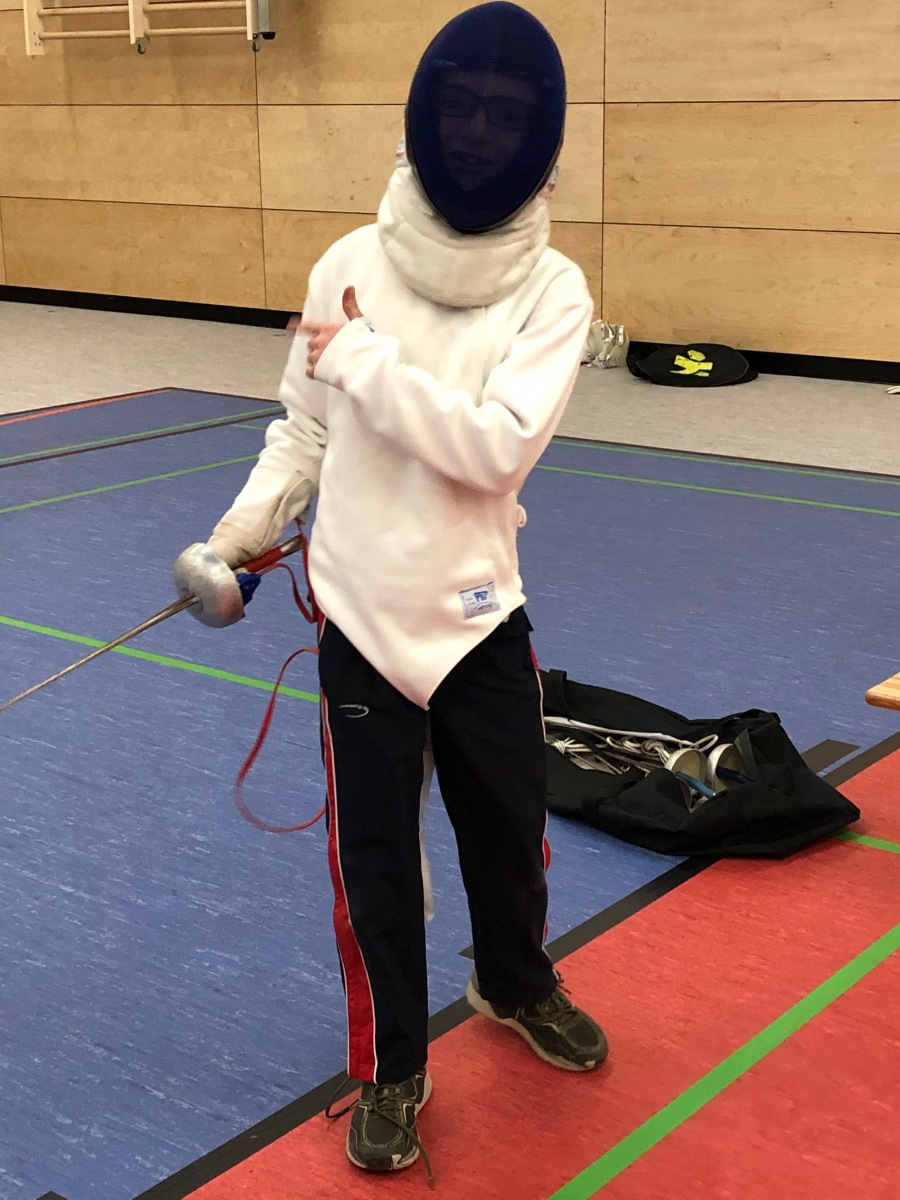
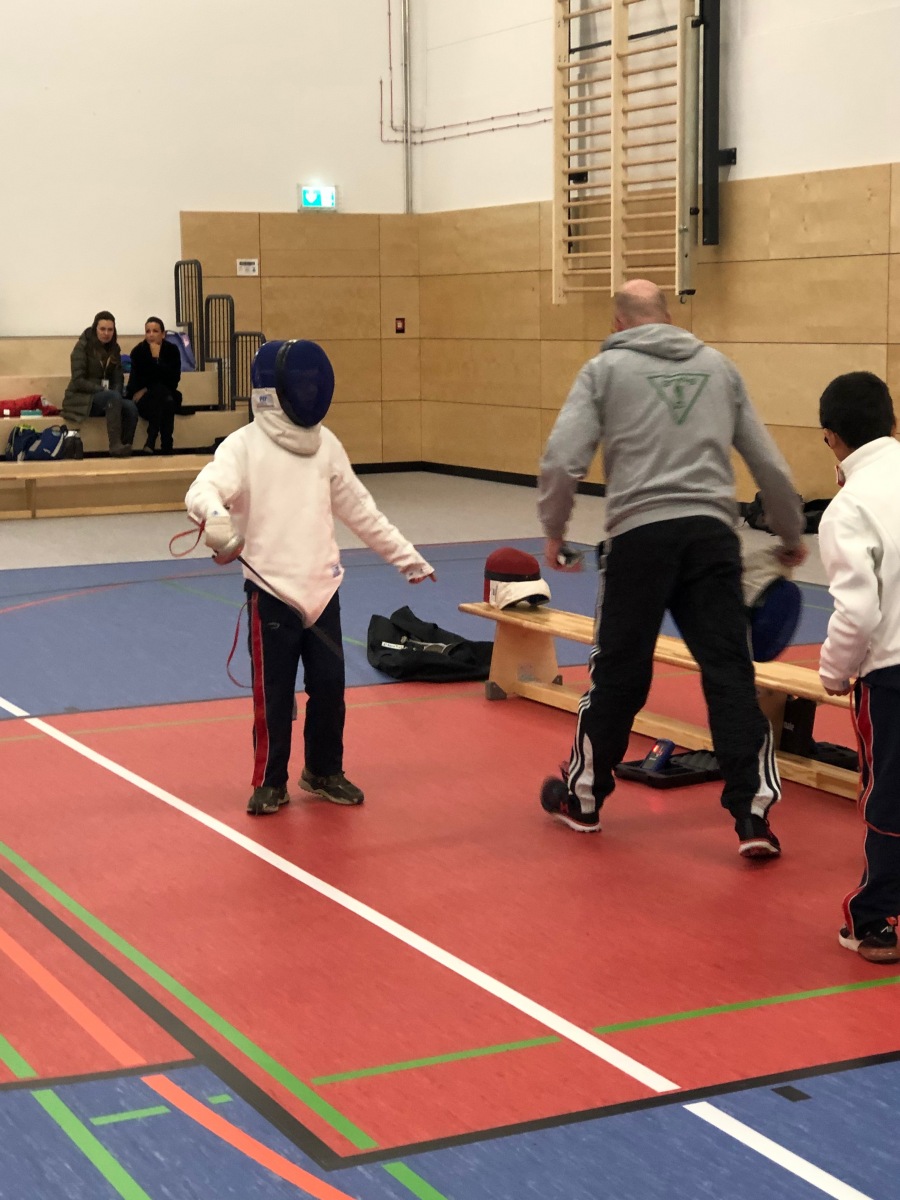
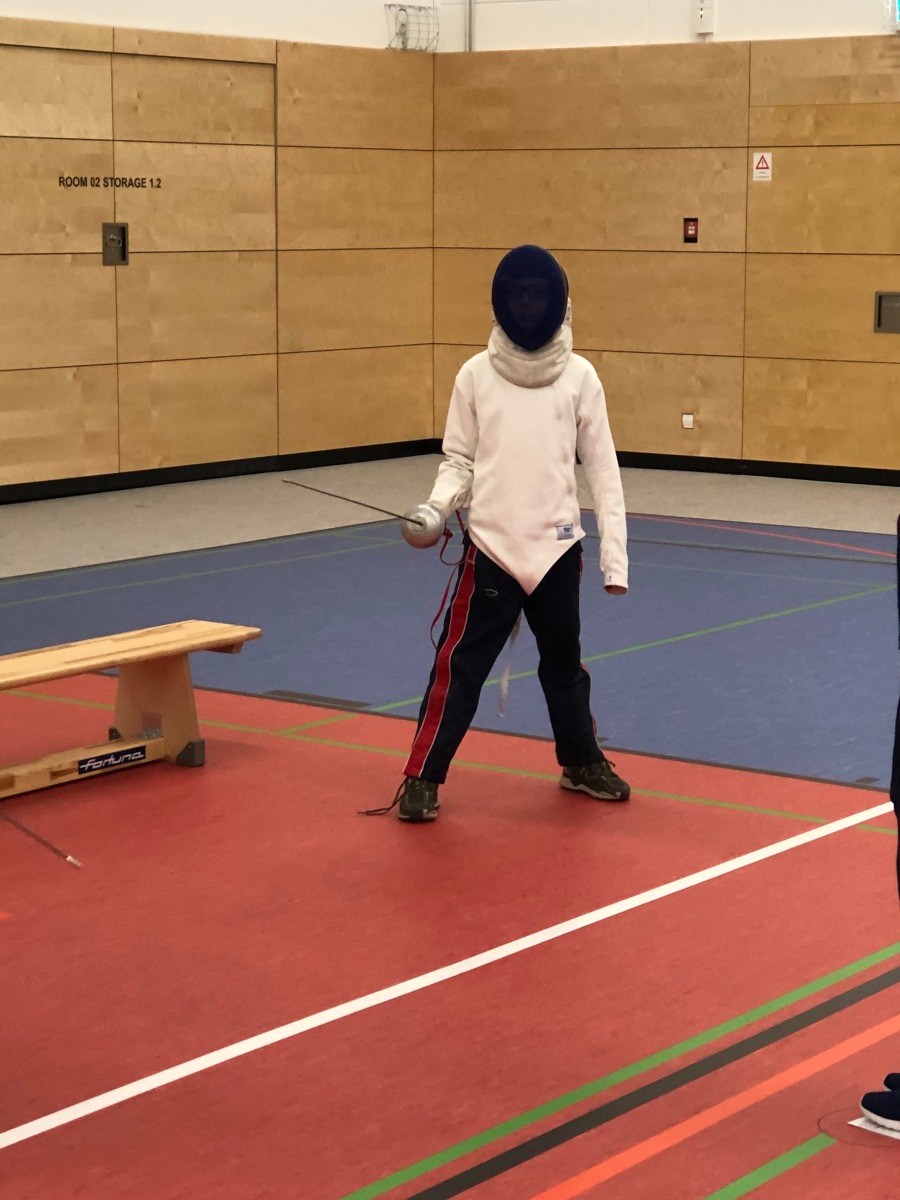




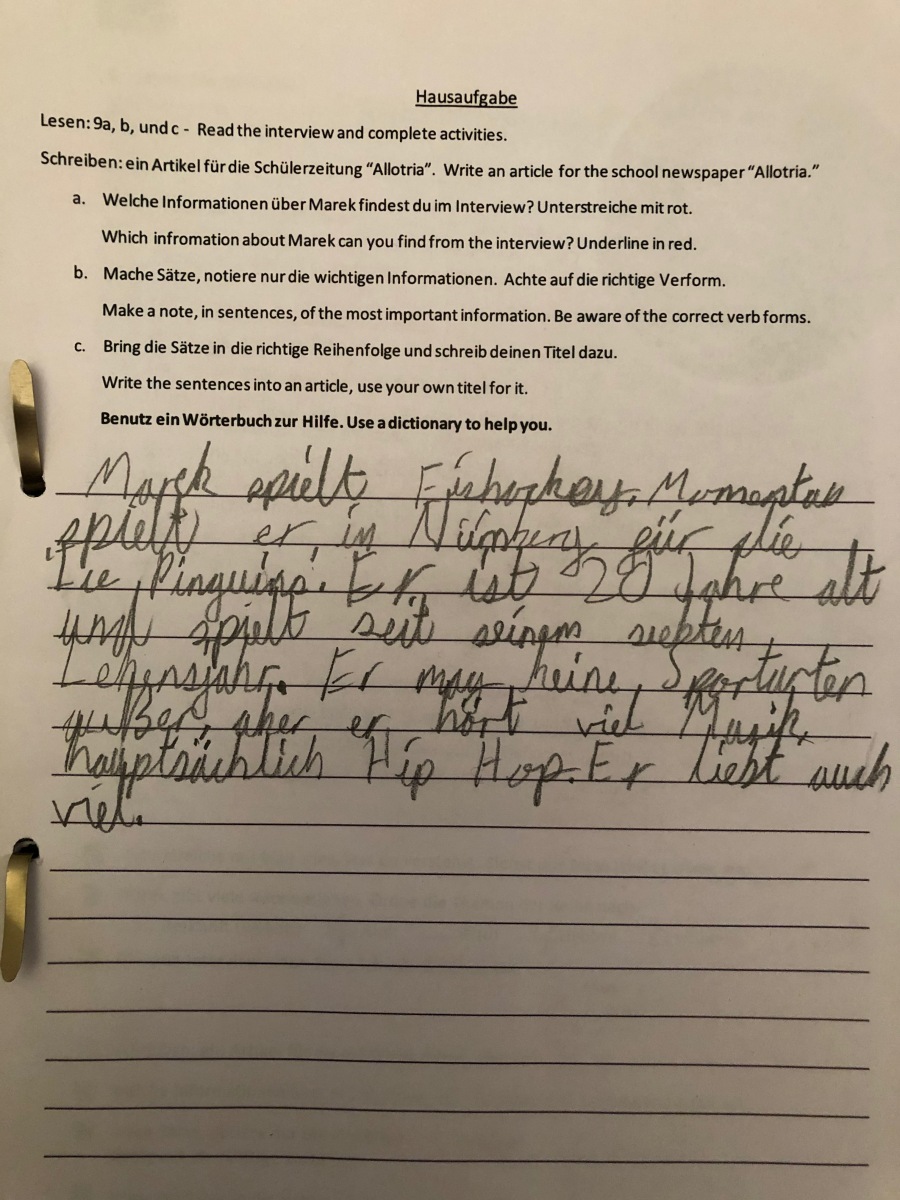


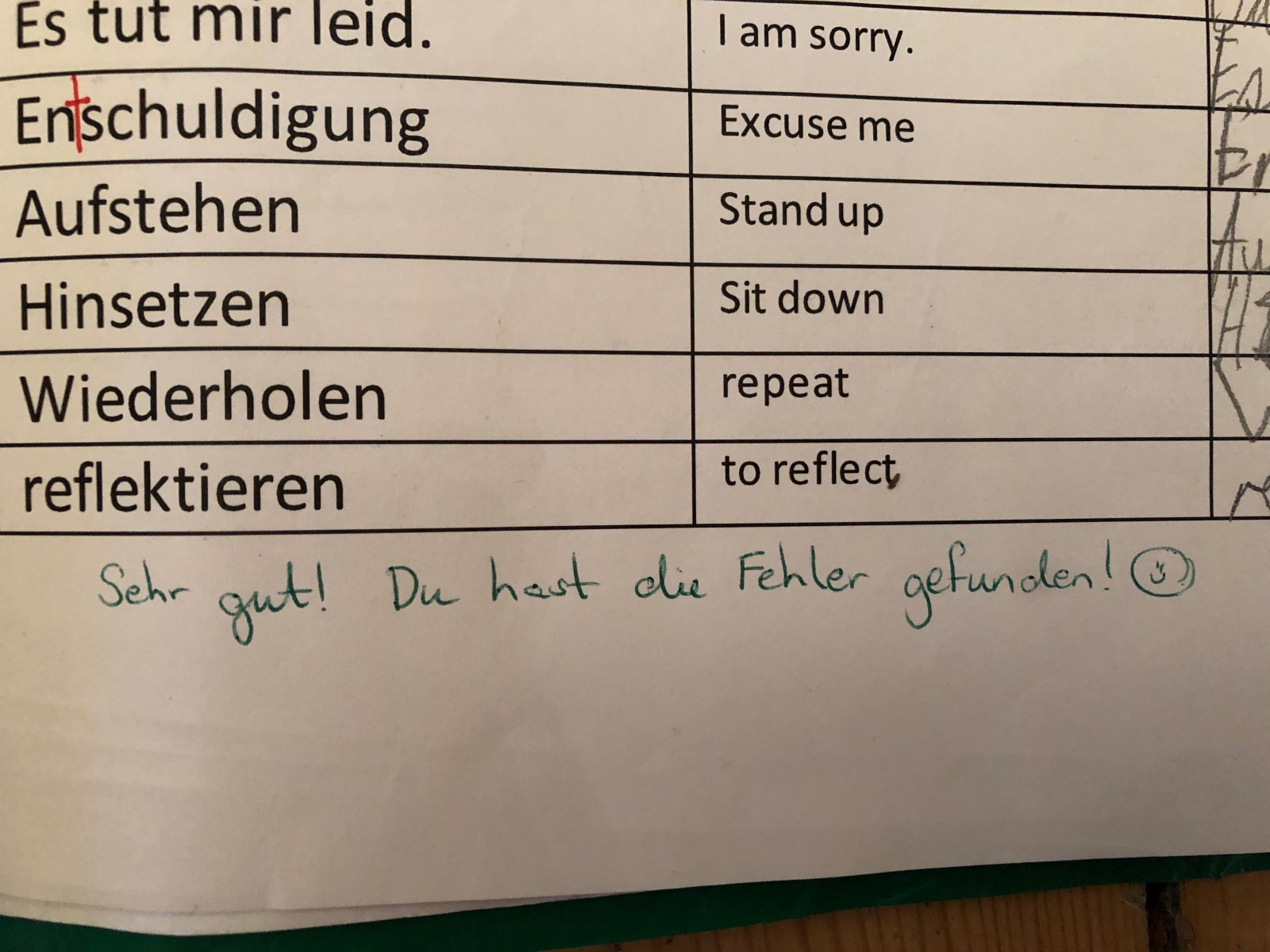
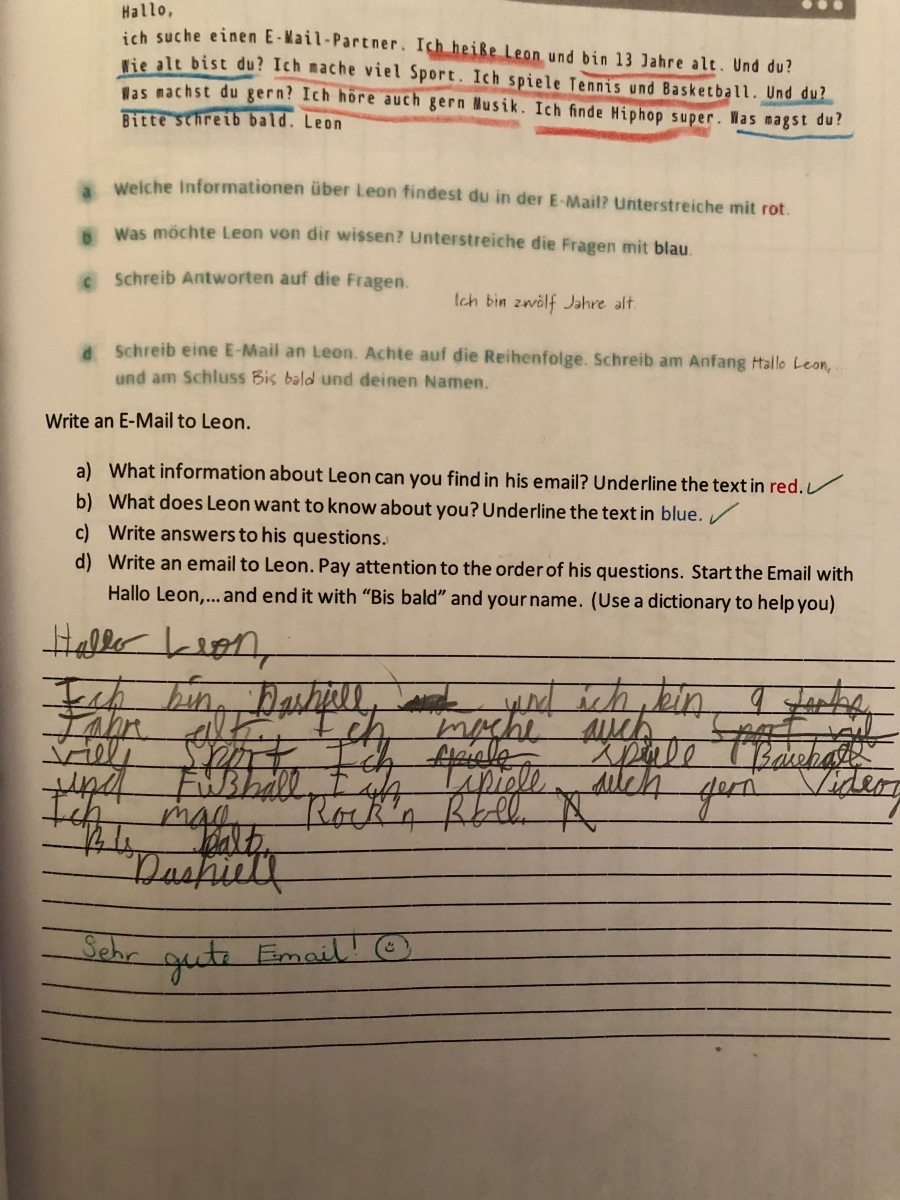
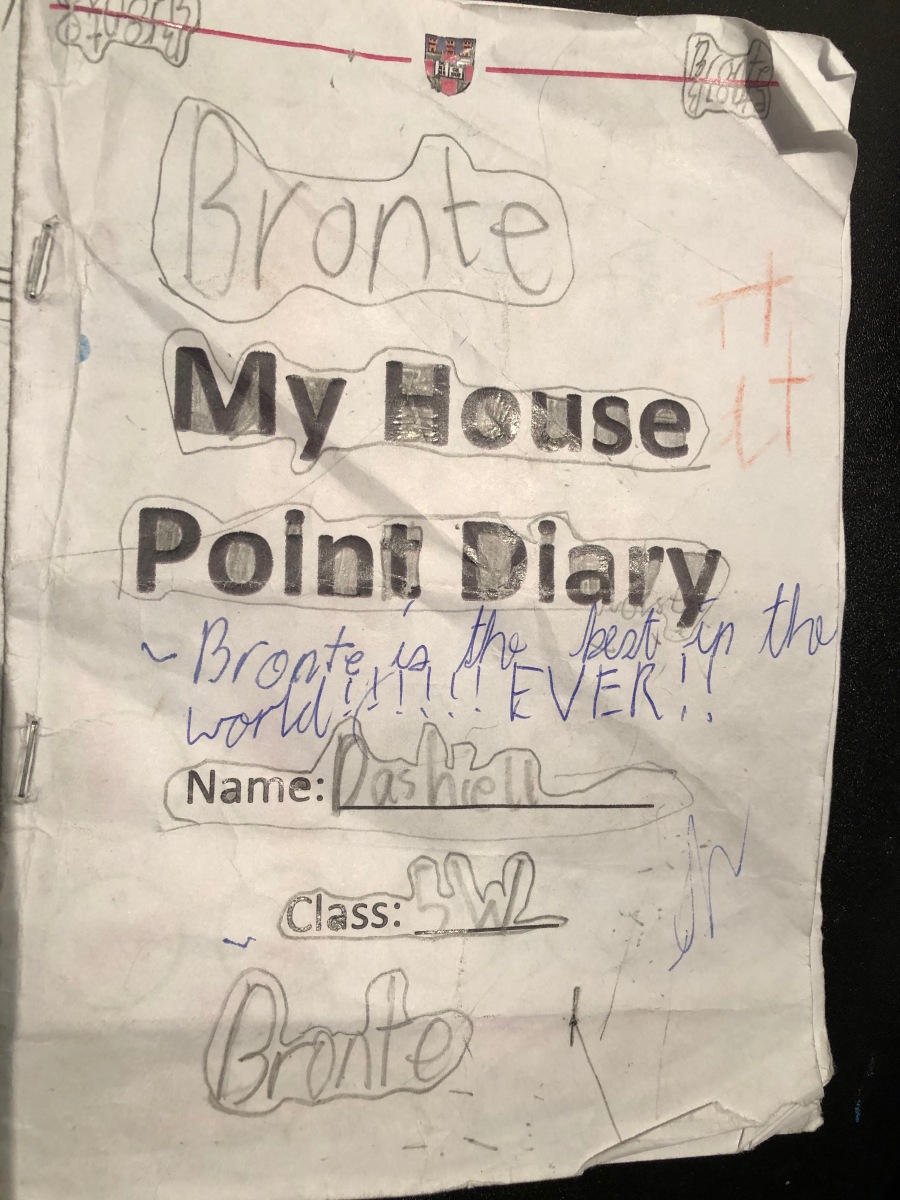
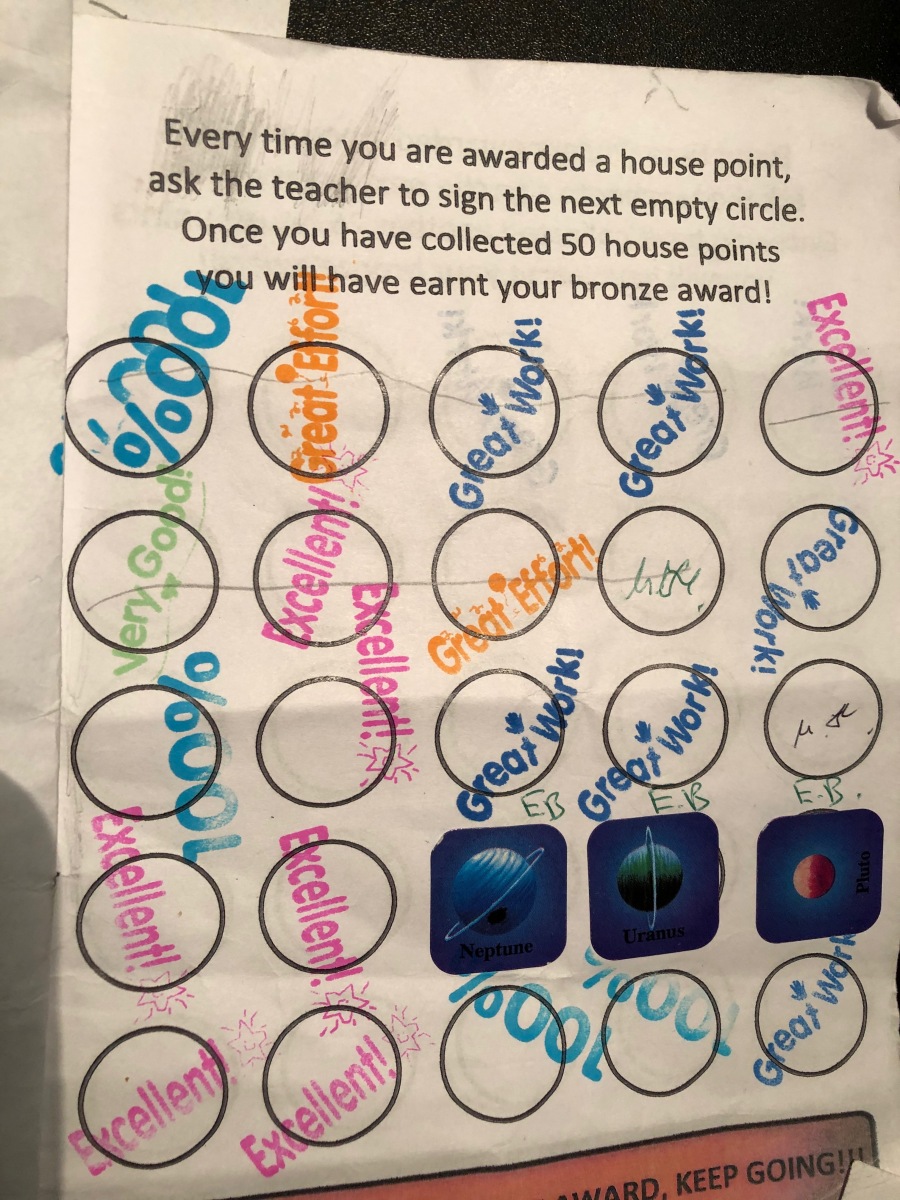
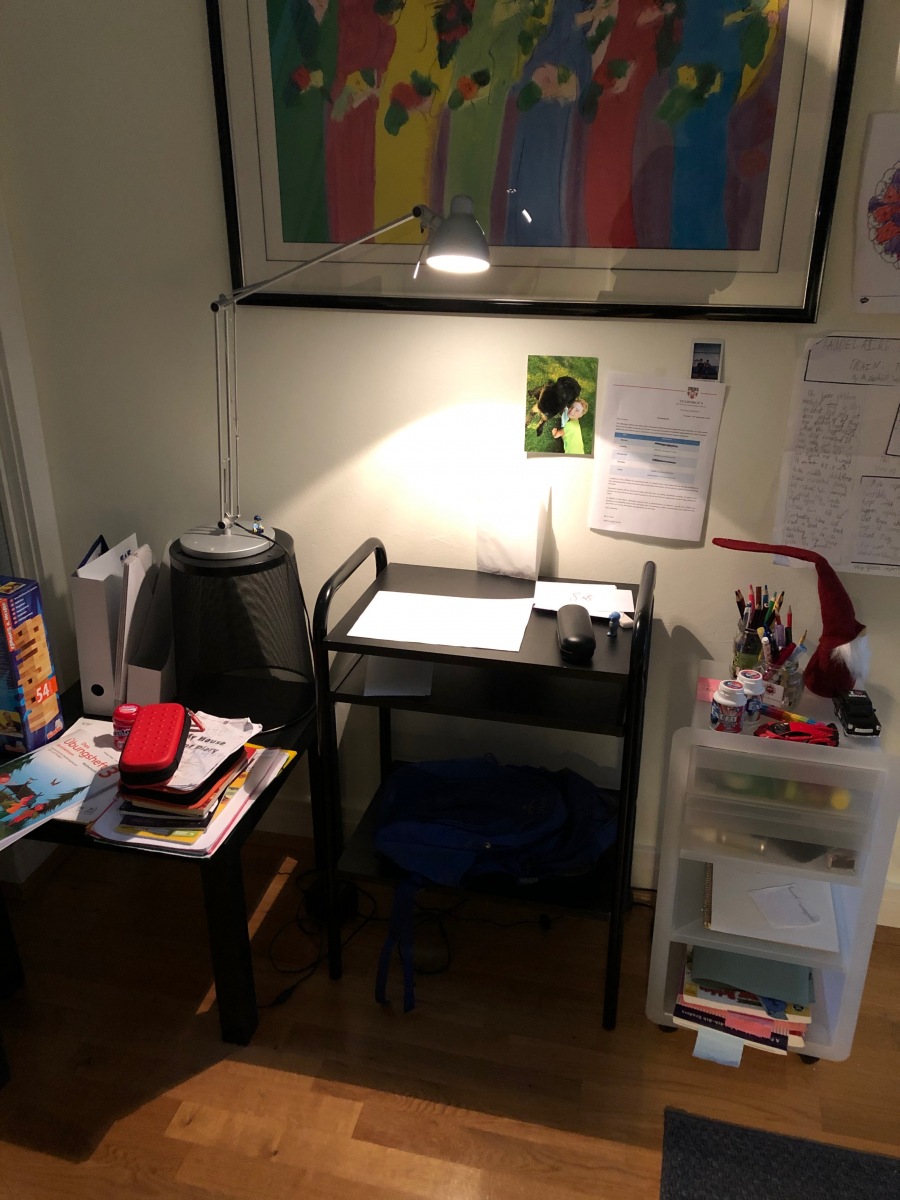


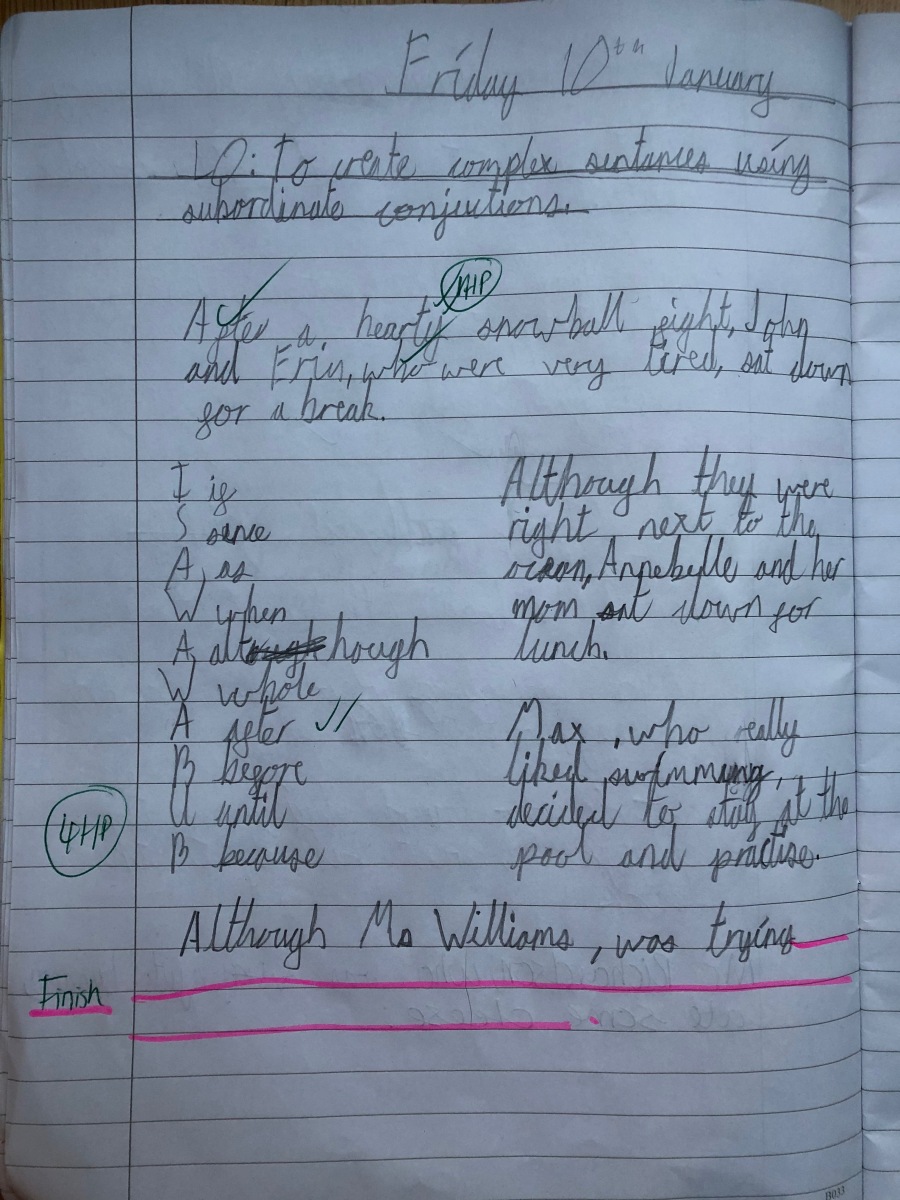
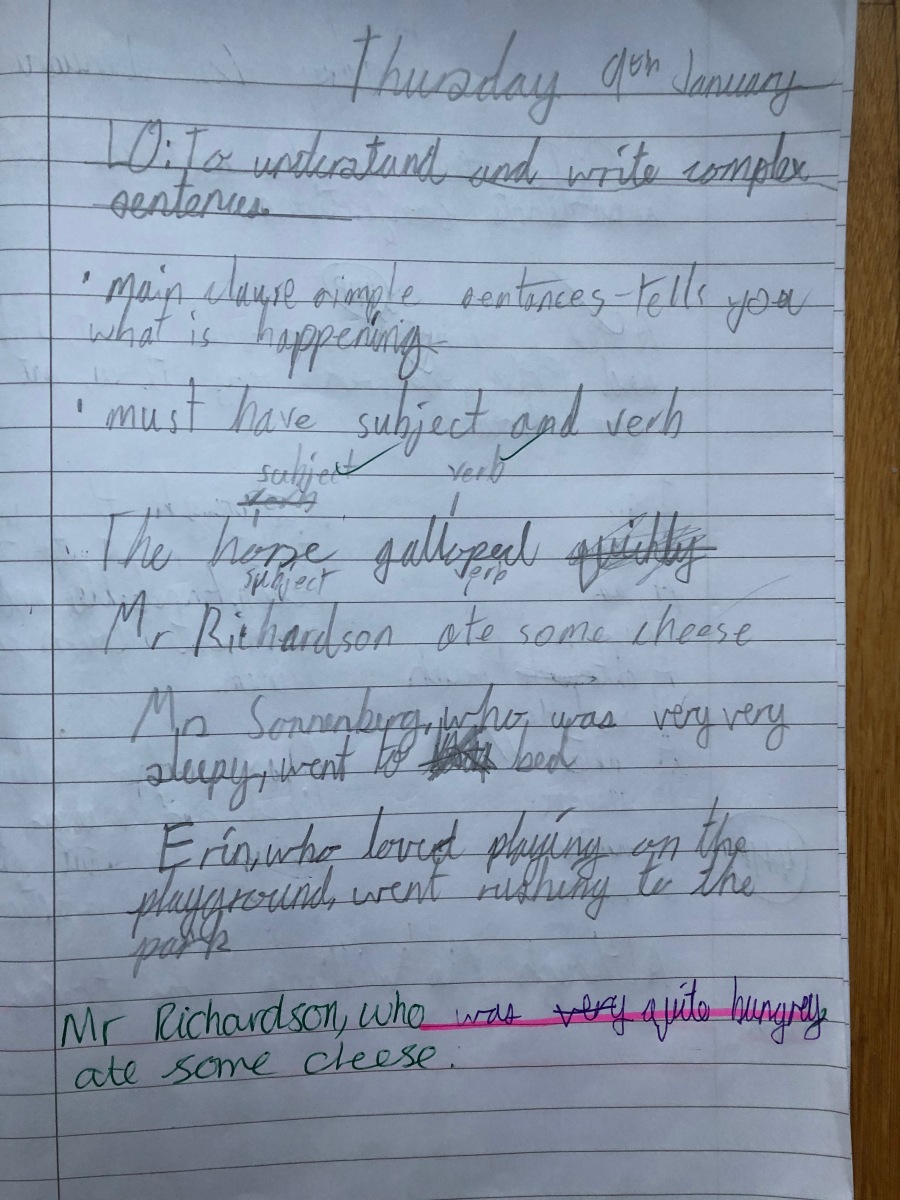
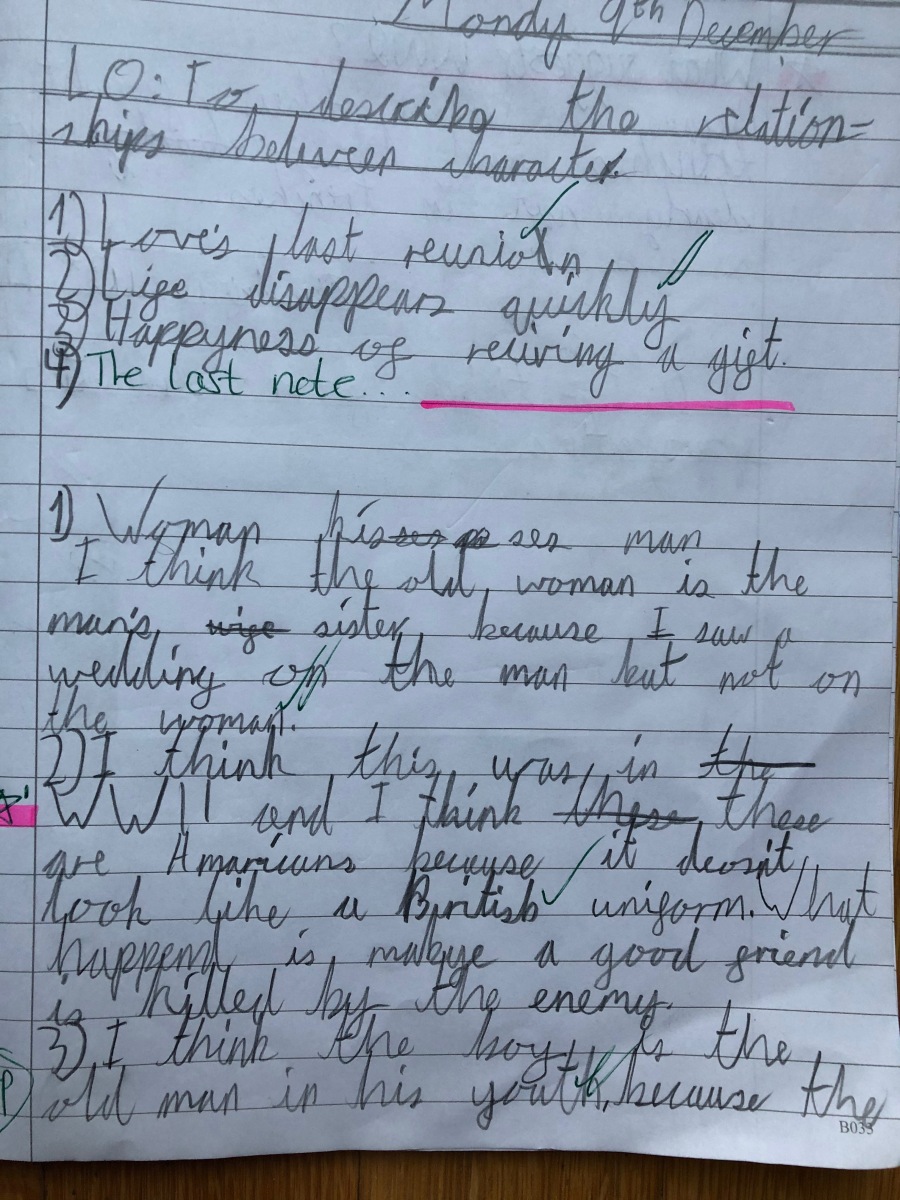
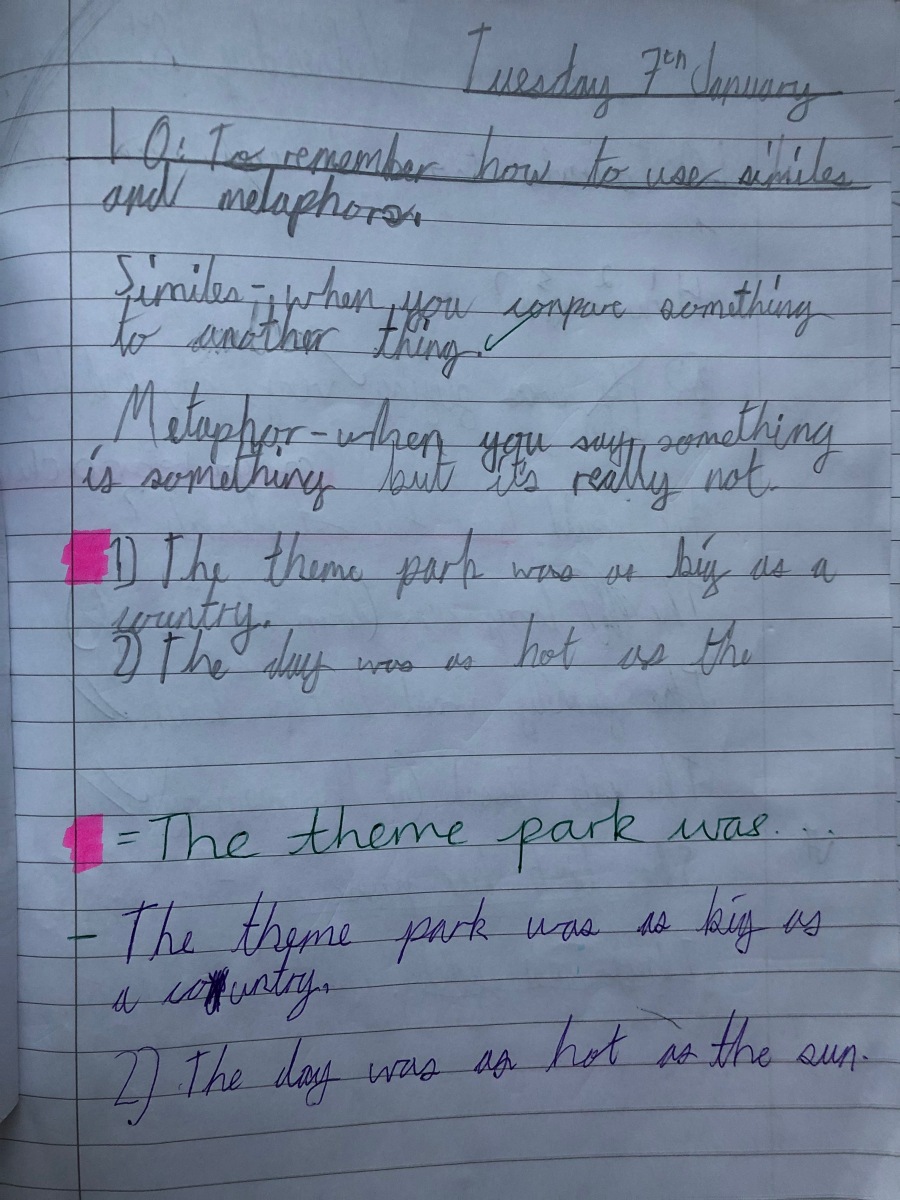

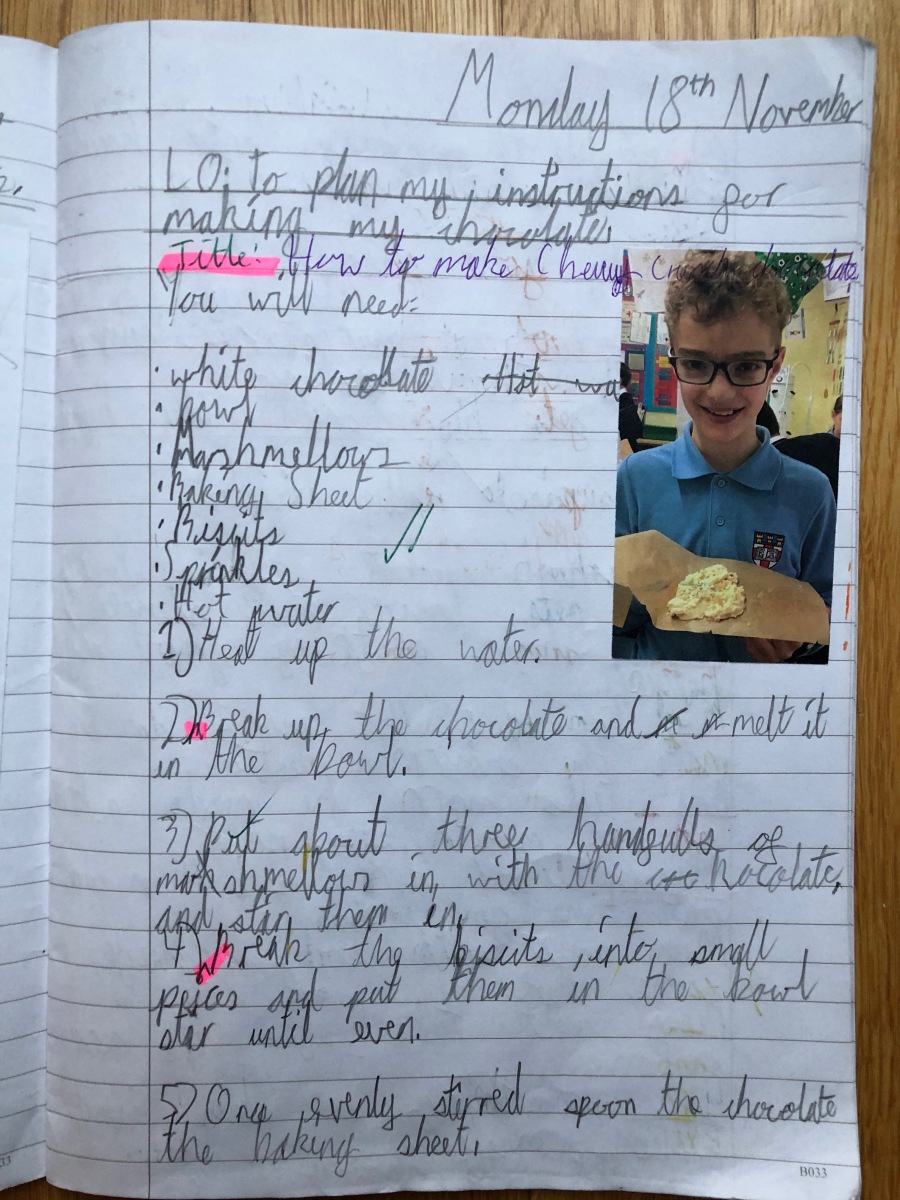
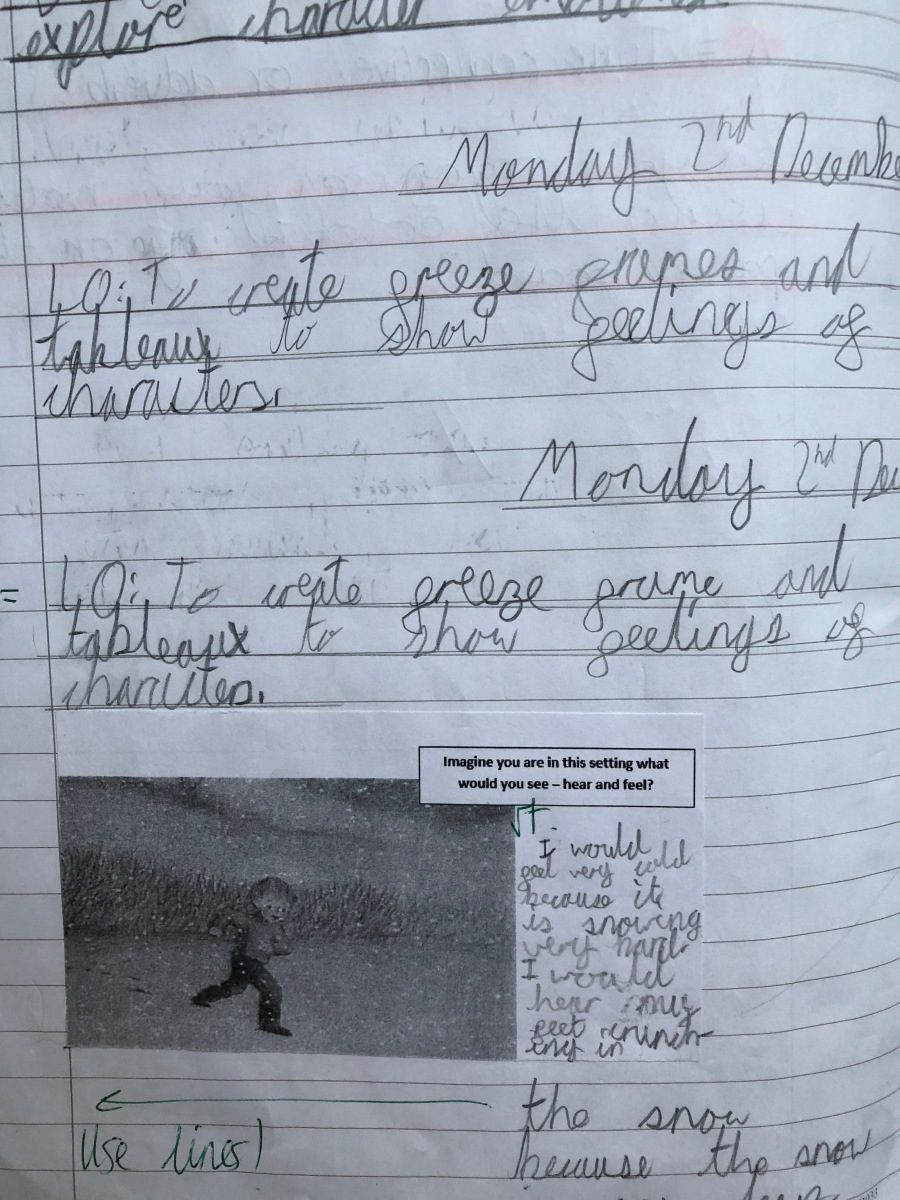
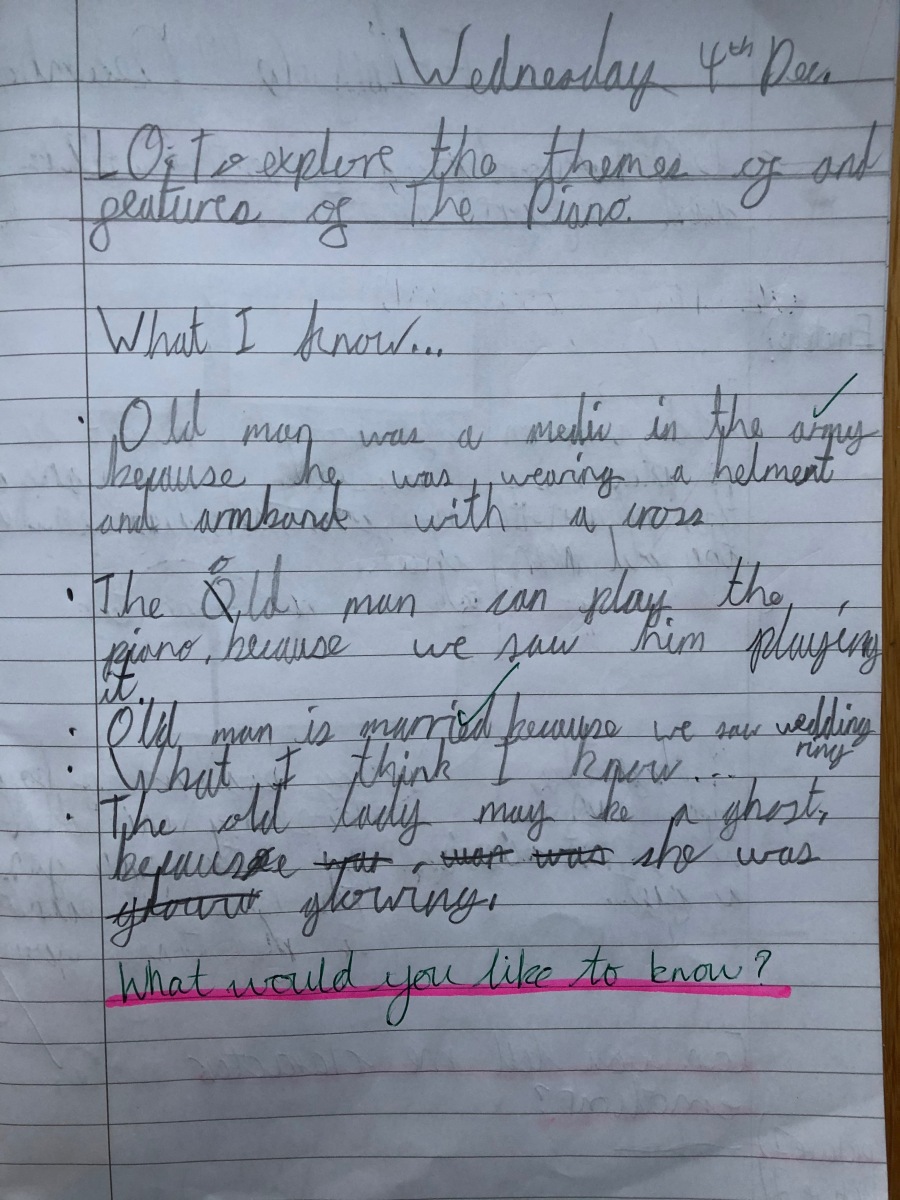
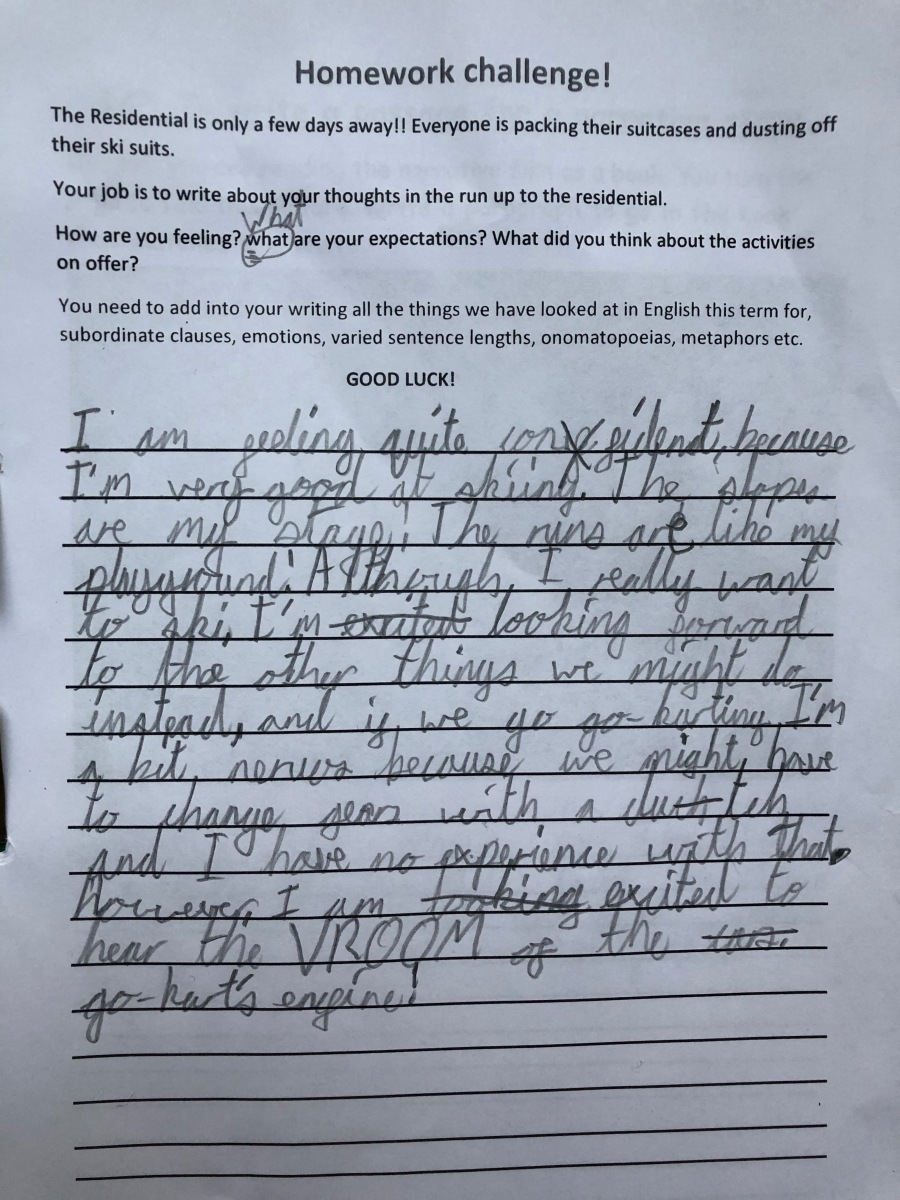
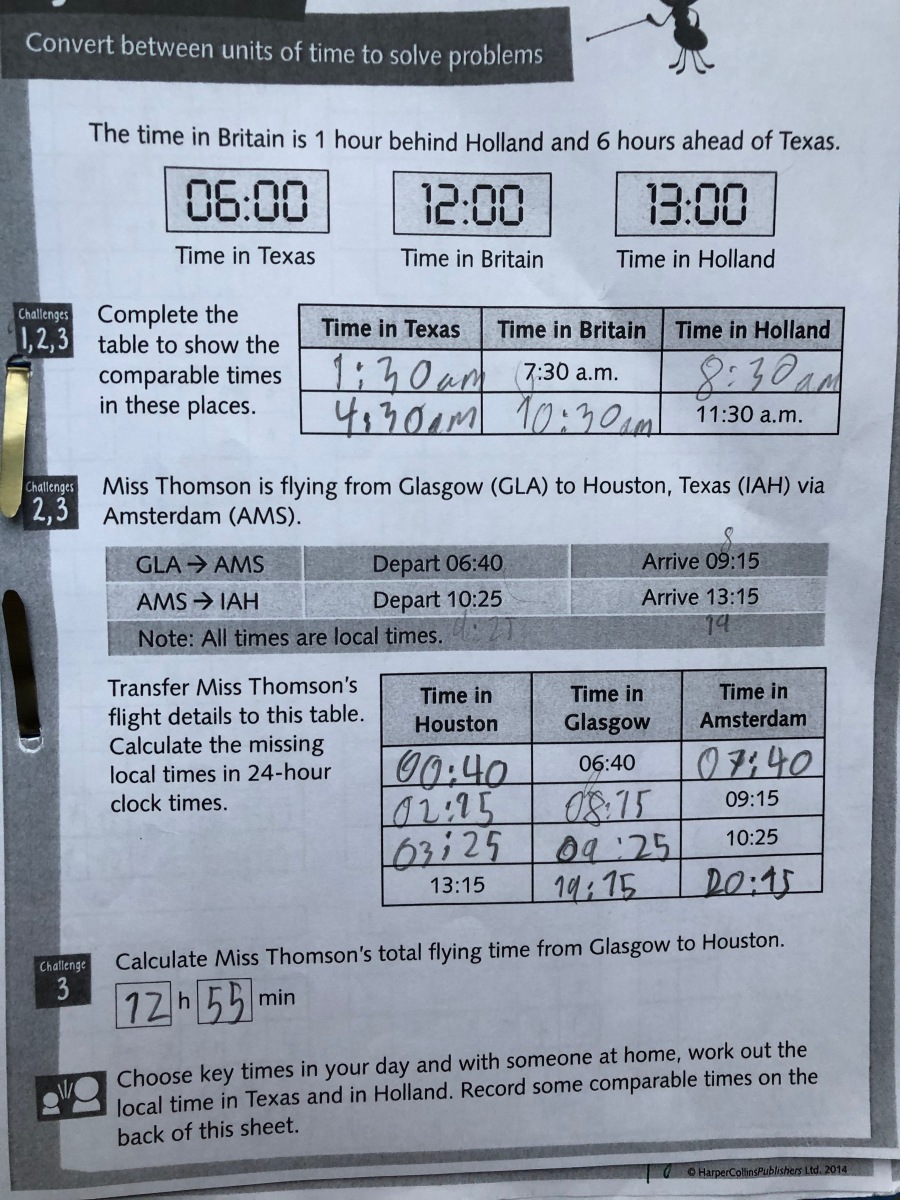
Thank you for sharing Dashiell’s school experiences. Three cheers for learning cursive! The school’s approach to learning is a force magnifier for him – great life skills. You have so much you can share when you return to Camas.
Thank you for sharing Dashiell’s school experiences. Three cheers for learning cursive! The school’s approach to learning is a force magnifier for him – great life skills. You have so much you can share when you return to Camas.
Great life lessons. I wish he could continue with this school.
Dash will always remember this year of his life!